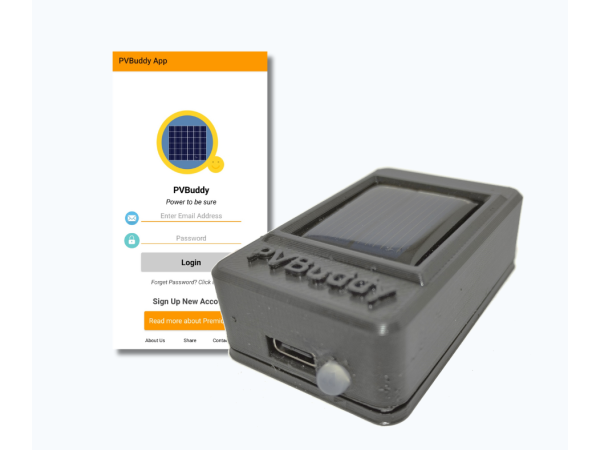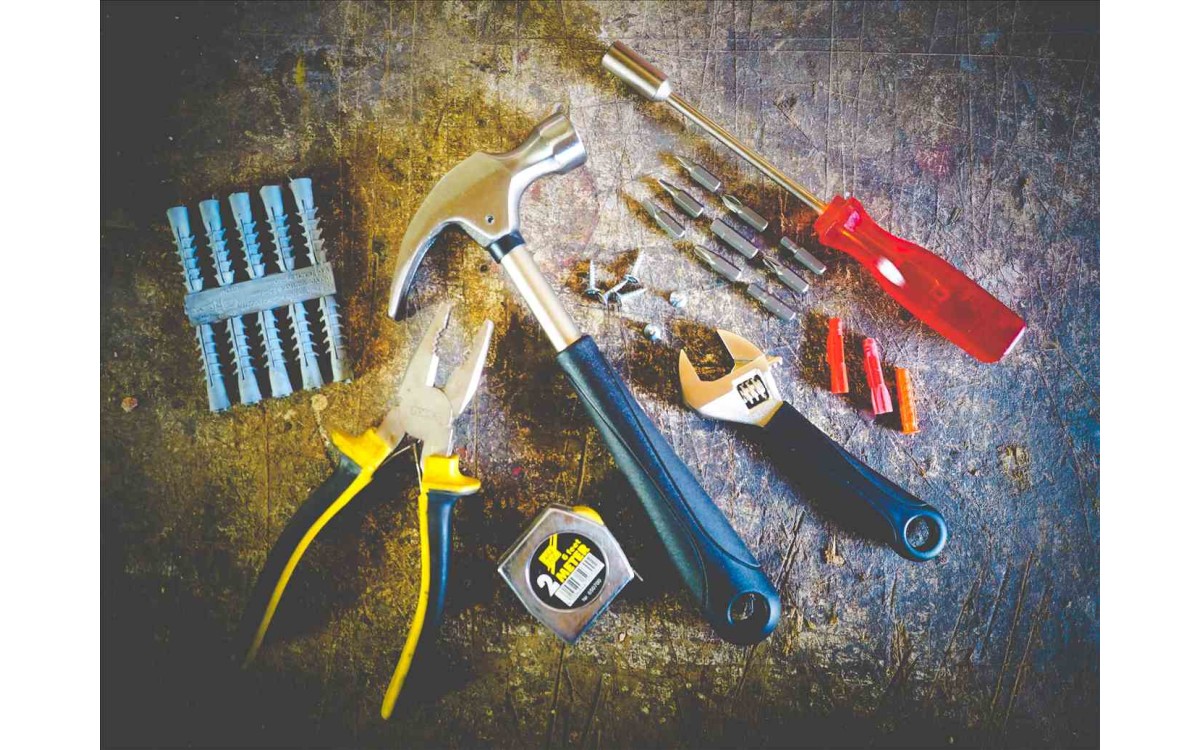Understanding Your Solar System's Performance: A Comprehensive Guide
As the world increasingly turns to renewable energy, solar power has emerged as a leading solution for sustainable electricity generation. However, many solar system owners often find themselves asking, "How well is my solar system doing?" Let's explore the evolution of solar technology, the importance of monitoring your solar system's performance, and how a solar testing gadget can provide valuable insights into your investment.
The Genesis of PV Solar Systems
The journey of photovoltaic (PV) solar systems began with early innovations and has evolved significantly over the years. Initially, traditional string-module systems were the norm, where multiple panels were connected to a single inverter. However, advancements in technology have introduced more sophisticated solutions such as micro-inverters and power optimizers. These innovations allow for enhanced energy production and monitoring capabilities.
Key Milestones in PV Technology Evolution:
- 1839: Edmond Becquerel discovers the photovoltaic effect, laying the groundwork for solar technology.
- 1883: Charles Fritts creates the first functioning solar cell using selenium, achieving an efficiency of about 1%.
- 1954: Bell Labs develops the first practical silicon solar cell with an efficiency of around 6%.
- 1970s: Advancements in research lead to a significant drop in costs and increased adoption of PV technology.
- 2000s: The introduction of micro-inverters and optimizers revolutionizes how solar systems operate by allowing each panel to function independently.
- 2020s: New features to standard string inverters and portable PV testing solution to empower users with knowledge optimize their system affordably.
The Role of Micro Inverters
In modern solar installations, micro inverters play a crucial role in optimizing energy production. Unlike traditional string inverters that connect multiple panels together, micro inverters are attached to individual solar panels. This setup allows each panel to operate independently, maximizing energy output even when some panels are shaded or underperforming due to various factors like dirt or damage. By providing real-time data on each panel's performance, micro inverters help homeowners better understand how their systems are functioning.

Solar Edge vs. Tigo Optimizers
When it comes to optimizing solar systems, two popular options are Solar Edge optimizers and Tigo optimizers. Similar to micro-inverters, both technologies aim to improve energy production by addressing shading concerns and enabling module-level monitoring.
- Solar Edge Optimizers: These devices work in conjunction with Solar Edge inverters to monitor each panel's performance individually. They help mitigate losses from shading and allow for better energy management throughout the day.
- Tigo Optimizers: Similar to Solar Edge, Tigo optimizers enhance performance by allowing for module-level monitoring and control. They are often considered more flexible as they can be retrofitted onto existing systems without needing a complete overhaul.

Choosing between these options depends on specific needs such as shading issues, system design, and budget considerations.
The Importance of Monitoring Electronics
With advancements in solar technology come more sophisticated electronics that require regular monitoring. Homeowners should consider investing in devices that provide insights into their system's performance. Monitoring tools can alert users to potential issues before they escalate, ensuring optimal operation and longevity of the system.
Considerations for Using Optimizers or Micro Inverters
- Shading Concerns: If your installation site has trees or buildings that may cast shadows on your panels at certain times of day.
- Per Module Resolution: For those who want detailed performance data on each panel.
- Cost vs. Benefit: Weighing the initial investment against potential long-term savings through increased efficiency.
- Maintain the Electronics: More electronics on the roof, more resources to upkeep them.
The Case for PV Testers
While advanced monitoring systems provide continuous data, there is still a strong argument for having a portable photovoltaic (PV) tester on hand. These devices allow homeowners to periodically verify their system's performance without relying solely on electronic monitoring.
Benefits of Using a PV Tester:
- Cost-Effective: A one-time purchase can save money over time by identifying issues early.
- User-Friendly: Many testers are designed for easy use by homeowners without technical expertise.
- Peace of Mind: Regular checks can reassure owners that their investment is performing as expected.
By integrating a PV tester into your maintenance routine, you can ensure that your solar system operates efficiently and effectively throughout its lifespan.
The Case for Innovative PV Testing Solutions
In the evolving landscape of solar technology, effective testing solutions are crucial for maintaining optimal performance in photovoltaic (PV) systems. Traditional methods often involve expensive equipment and require specialized knowledge, which can be a barrier for many system owners.
PVBuddy: The Innovative Solution for PV Testing
PVBuddy emerges as a revolutionary tool for PV testing. As the only irradiance sensor capable of checking both PV strings and modules, it offers a significant advantage over traditional curve tracers that require professional expertise and can be prohibitively expensive. PVBuddy combines portability and ease of use, allowing PV system owners to conduct thorough checks without the need for specialized training.

Moreover, PVBuddy is not just a cost-effective alternative; it also provides comprehensive functionality that surpasses cheaper panel testers and multi-meters, which often lack the depth required for effective monitoring. The device is powered by any 5V DC source, such as a power bank, further emphasizing its versatility and user-friendliness.
With PVBuddy, solar energy enthusiasts can ensure their systems are operating at peak efficiency, ultimately optimizing energy production and extending the lifespan of their solar installations.
Conclusion
Understanding how well your solar system is performing involves more than just looking at your electricity bill; it requires an appreciation of the technology behind it and regular monitoring of its components. By leveraging tools like micro inverters, optimizers, PV testers, and innovative solutions like PVBuddy, you can gain valuable insights into your system's performance.
Investing in these technologies not only enhances your energy production but also provides peace of mind knowing that you are making the most out of your renewable energy investment. As we continue to embrace sustainable living practices, ensuring that our solar systems operate at peak efficiency will be crucial for both environmental impact and financial savings.
By integrating a PV tester into your maintenance routine, you can ensure that your solar system operates efficiently and effectively throughout its lifespan.
The Case for Innovative PV Testing Solutions
In the evolving landscape of solar technology, effective testing solutions are crucial for maintaining optimal performance in photovoltaic (PV) systems. Traditional methods often involve expensive equipment and require specialized knowledge, which can be a barrier for many system owners.
PVBuddy: The Innovative Solution for PV Testing
PVBuddy emerges as a revolutionary tool for PV testing. As the only irradiance sensor capable of checking both PV strings and modules, it offers a significant advantage over traditional curve tracers that require professional expertise and can be prohibitively expensive. PVBuddy combines portability and ease of use, allowing PV system owners to conduct thorough checks without the need for specialized training.
Moreover, PVBuddy is not just a cost-effective alternative; it also provides comprehensive functionality that surpasses cheaper panel testers and multi-meters, which often lack the depth required for effective monitoring. The device is powered by any 5V DC source, such as a power bank, further emphasizing its versatility and user-friendliness.
With PVBuddy, solar energy enthusiasts can ensure their systems are operating at peak efficiency, ultimately optimizing energy production and extending the lifespan of their solar installations.
Conclusion
Understanding how well your solar system is performing involves more than just looking at your electricity bill; it requires an appreciation of the technology behind it and regular monitoring of its components. By leveraging tools like micro inverters, optimizers, PV testers, and innovative solutions like PVBuddy, you can gain valuable insights into your system's performance.
Investing in these technologies not only enhances your energy production but also provides peace of mind knowing that you are making the most out of your renewable energy investment. As we continue to embrace sustainable living practices, ensuring that our solar systems operate at peak efficiency will be crucial for both environmental impact and financial savings.


